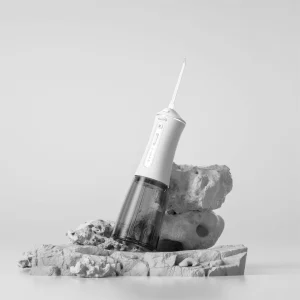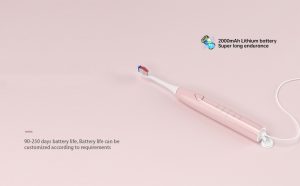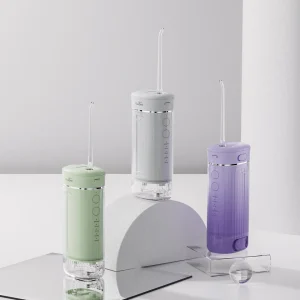If you neglect proper Hygiene Monitoring and let your device run long enough to risk Motor Overheating, your brush can quickly become a breeding ground for bacteria and mold. Below, we dive into six key areas that explain why brushes harbor germs—and how you can design and manage your products to eliminate that risk once and for all.
How Brush-Head Geometry Traps Microbes
At the tip of every brush head, tiny gaps and overlapping filaments create perfect hiding spots for pathogens:
- Stagnant water droplets cling to bristle tips and base crevices.
- Saliva and toothpaste residues provide nutrients that fuel biofilm formation.
- Dense tuft patterns make thorough rinsing difficult, leaving pockets of moisture.
Together, these features can turn a seemingly clean brush into a microbial reservoir overnight.
The Danger of Skipping Hygiene Monitoring
Without built-in hygiene alerts, both users and service teams remain unaware of a brush’s true cleanliness:
- No end-of-life indicators mean brushes stay in use long past their sanitary threshold.
- Lack of contamination warnings leaves users prone to reusing heavily colonized heads.
- Data vacuum prevents tracking of usage frequency and cleaning habits essential for maintenance planning.
In short, without smart hygiene monitoring, dirty brushes go unnoticed until problems arise.Company web: https://www.powsmart.com/product/electric-toothbrush/
Motor Overheating Fuels Bacterial Growth
Moreover, unchecked motor overheating does more than shorten your device’s lifespan—it promotes germ proliferation:
- Elevated internal temperatures create a warm, humid pocket that attracts heat-tolerant microbes.
- Micro-cracks in plastic siding develop under thermal stress, offering new niches for bacteria.
- Degraded lubricants inside the motor can break down into biofilm-friendly compounds.
Controlling operating temperature is therefore a critical step in keeping brushes germ-free.
Antimicrobial Materials and Coatings
To tackle contamination at the source, consider these material innovations:
- Antimicrobial filaments: Infuse bristles with silver or copper ions to inhibit bacterial growth.
- Self-cleaning surfaces: Apply hydrophilic, wear-resistant coatings on handles and bristle bases to discourage residue buildup.
- Mold-resistant seals: Use medical-grade rubber gaskets at joint interfaces to block moisture ingress.
- Quick-release heads: Engineering one-touch bristle modules makes daily disassembly and sterilization effortless.
By embedding antimicrobial properties in your components, you create a hostile environment for germs.
Smart Hygiene Monitoring and Maintenance
Incorporating intelligent monitoring transforms maintenance from guesswork into precision:
- On-board germ sensors: Optical or microbe-detecting sensors measure bacterial load and trigger alerts.
- App-based reminders: Mobile notifications prompt users or service teams to replace or sanitize heads right when needed.
- Built-in sterilization cycles: One-button UV or ultrasonic cleaning modes destroy microbes on demand.
- Cloud analytics: Aggregated usage and sanitation data help B2B clients refine maintenance schedules and product improvements.
Smart monitoring ensures brushes stay hygienic between professional cleanings.
A Closed-Loop Hygiene Strategy
Finally, a complete solution spans design, production, and after-sales services:
- Lab validation: Conduct microbial culture tests to verify your antimicrobial features.
- Cleanroom assembly: Use GMP-compliant lines to prevent contamination before products ship.
- Subscription replacement: Offer brush-head refill programs that guarantee regular swaps of fresh heads.
- User & partner training: Provide clear protocols for distributors, clinicians, and end users on hygiene best practices.
- Continuous refinement: Leverage user feedback and sensor data to iterate on antimicrobial formulas and monitoring algorithms.
- Third-party certification: Secure FDA, ISO 20743 (antimicrobial textiles), and other approvals to build confidence.
By closing the loop—from material science through smart services—you stop brushes from ever becoming germ magnets.
Conclusion
Without rigorous Hygiene Monitoring and effective control of Motor Overheating, even the best-designed brushes can turn into bacteria incubators. Only a holistic approach—combining antimicrobial materials, smart sensors, thermal management, and seamless maintenance—delivers a truly hygienic brushing experience. Contact our company to learn how to bring this full-cycle germ-fighting solution to your product line.





